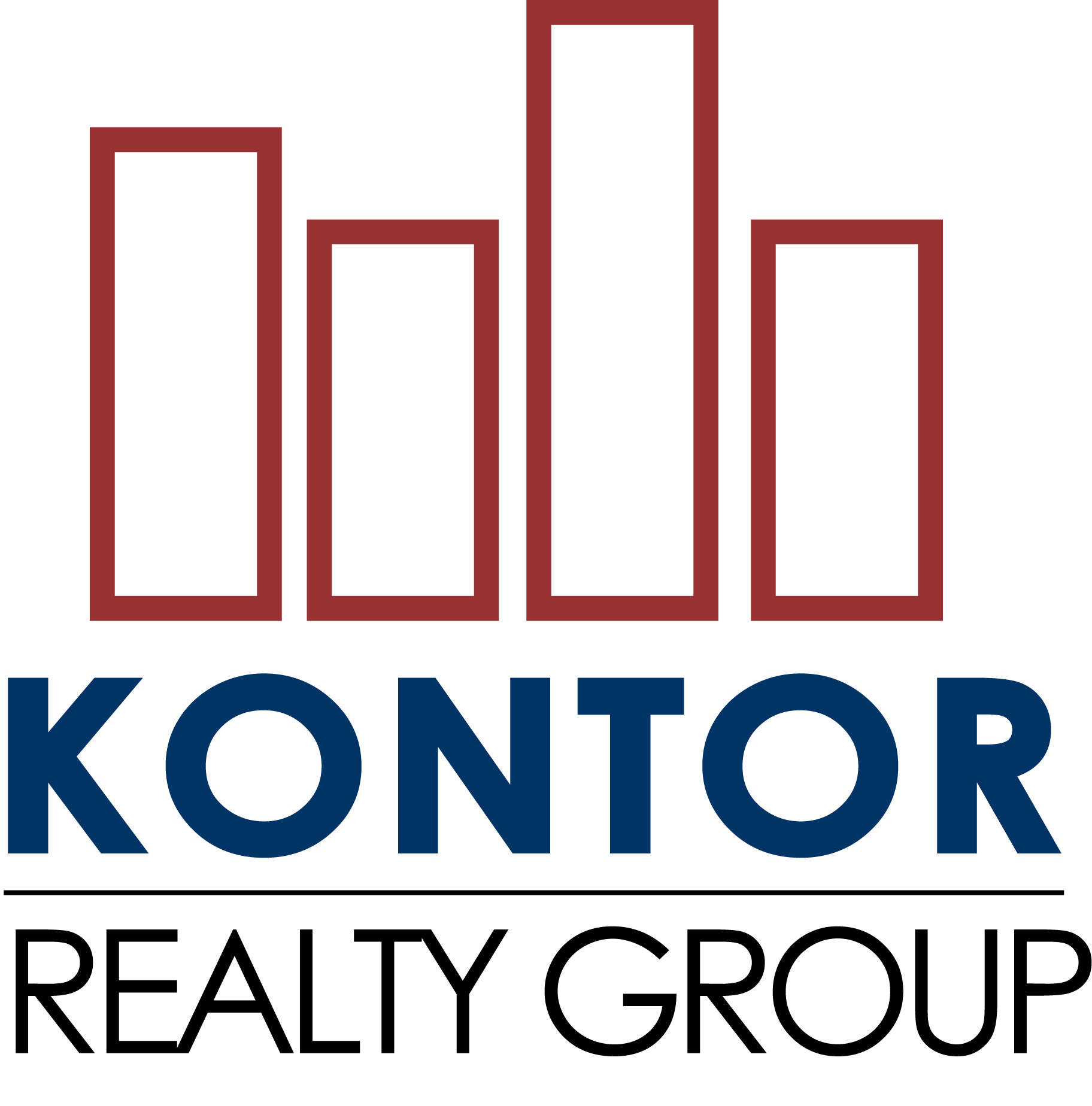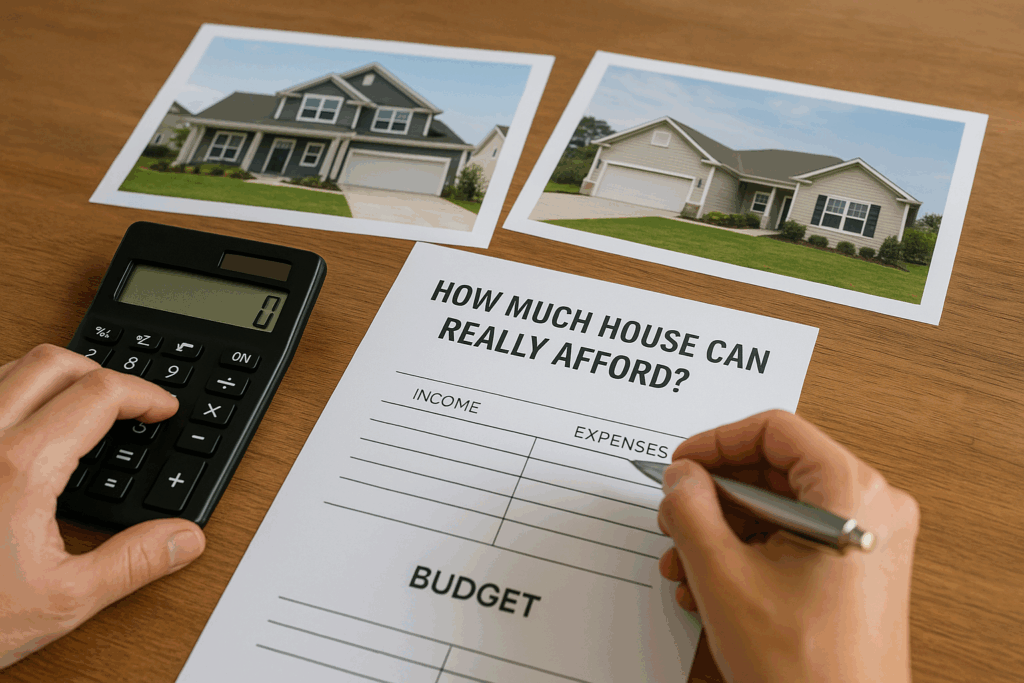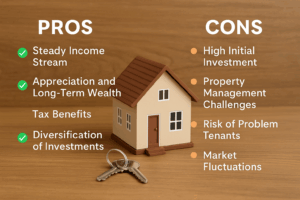For many people, buying a home is the biggest financial decision they will ever make. It’s exciting to imagine owning a place of your own, but it’s just as important to be realistic about what you can afford. Falling in love with a dream home that’s outside your budget can lead to stress, financial strain, and even regrets later on. So how do you figure out how much house you can really afford? The answer isn’t just about what the bank says, it’s about your income, expenses, goals, and lifestyle.
Understanding the 28/36 Rule
One of the most common guidelines for determining affordability is the 28/36 rule. According to this rule, you should spend no more than 28 percent of your gross monthly income on housing expenses, which include your mortgage, property taxes, and insurance. In addition, your total debt payments including your mortgage, credit cards, car loans, and student loans should not exceed 36 percent of your income.
For example, if you earn $6,000 a month before taxes, you’d want to keep your housing expenses under $1,680 per month, and your total debt payments under $2,160. This rule provides a helpful starting point, but it isn’t a one-size-fits-all solution. Everyone’s financial situation is unique, and some people may need to adjust these numbers based on personal goals or local housing costs.
Considering Your Down Payment
Your down payment has a big impact on what kind of house you can afford. A larger down payment lowers the size of your mortgage, reduces your monthly payment, and may even help you qualify for better interest rates. On the other hand, if you put less money down, say 3 to 5 percent instead of 20 percent you may be able to buy sooner, but you’ll likely face higher payments and the added expense of private mortgage insurance (PMI).
Think carefully about how much you’re comfortable putting down. Draining your savings entirely may leave you vulnerable to unexpected expenses, while putting down too little could make your monthly budget feel tight. Striking the right balance is key.
Factoring in Hidden Costs
It’s easy to focus solely on the mortgage, but homeownership comes with a host of hidden costs. Property taxes, homeowner’s insurance, and possibly HOA fees can all add hundreds of dollars to your monthly expenses. Utilities may be higher if you’re moving from an apartment to a larger home, and regular maintenance like lawn care, repairs, or appliance replacements should always be expected.
Experts often recommend setting aside about one percent of your home’s value each year for maintenance. On a $300,000 home, that means budgeting $3,000 annually just for upkeep. Planning ahead for these expenses ensures you won’t be caught off guard.
Looking at Your Lifestyle
Affordability isn’t just about numbers on a spreadsheet it’s also about the life you want to live. If buying at the top of your budget means cutting back on travel, dining out, or saving for retirement, you may end up resenting your home rather than enjoying it. A house should support your lifestyle, not restrict it.
Consider how your future plans fit into the equation as well. Do you want to start a family, go back to school, or launch a business? These goals may affect how much house you’re comfortable affording. Being honest about your priorities will help you make a decision that feels right both now and in the long term.
Getting Pre-Approved the Smart Way
Before you start house hunting, getting pre-approved for a mortgage can give you a clearer sense of what lenders are willing to finance. But remember, just because a bank approves you for a certain amount doesn’t mean you should spend it all. Lenders base their decisions on income and credit history, not on your personal goals, savings habits, or comfort level.
Use pre-approval as a tool, not a target. Aim for a home price that keeps your payments manageable and still leaves room in your budget for other financial priorities.
Determining how much house you can really afford is about finding balance. The right home should give you comfort and stability without stretching you too thin. By following guidelines like the 28/36 rule, considering your down payment, accounting for hidden costs, and staying true to your lifestyle goals, you can confidently choose a home that fits both your budget and your dreams.
Homeownership is about more than just qualifying for a mortgage it’s about creating a life you can sustain and enjoy. When you approach the process with realistic expectations and careful planning, you’ll end up with not only a house you love but also financial peace of mind.




